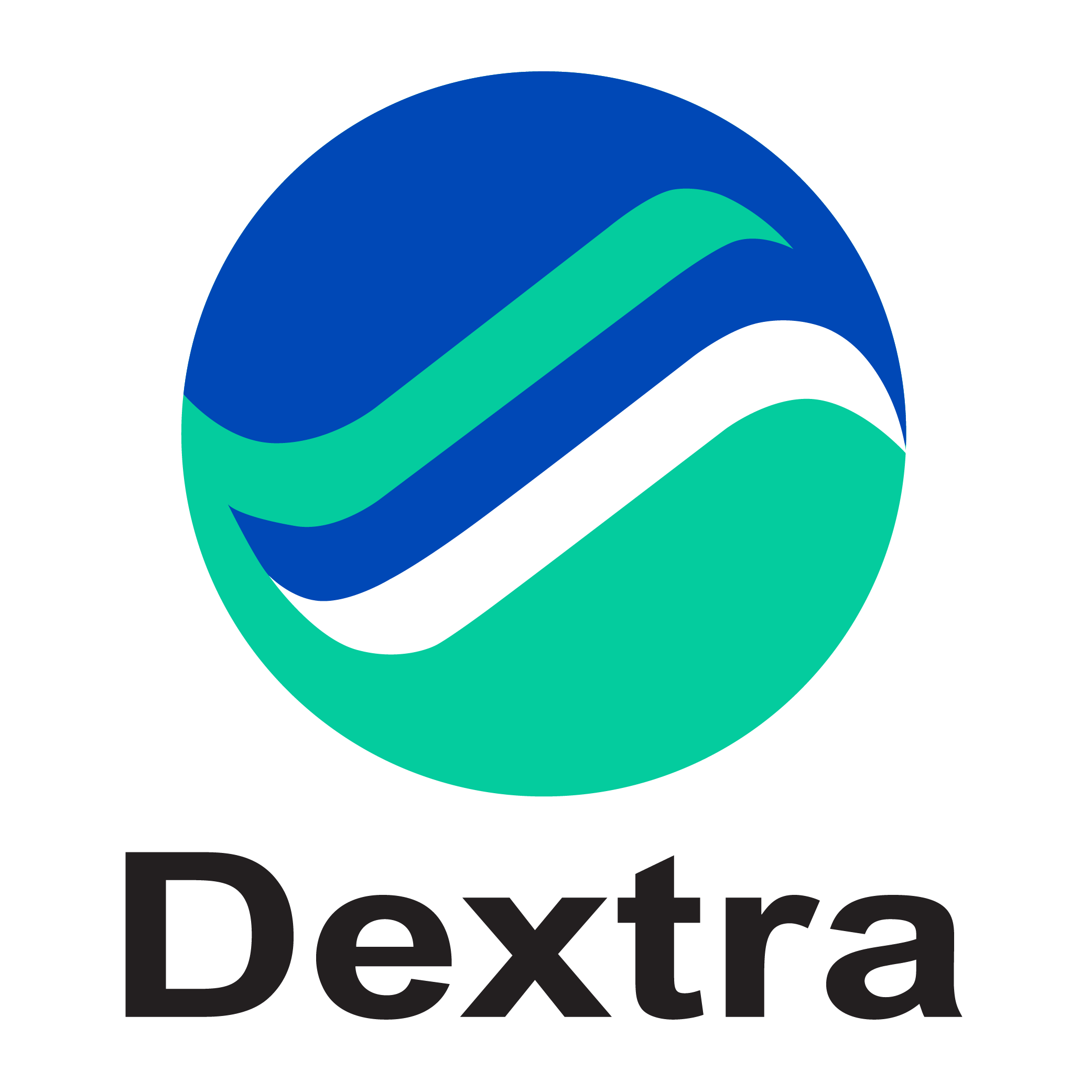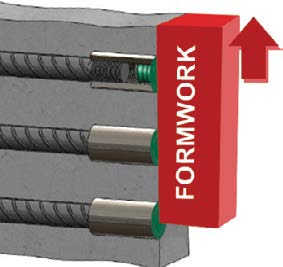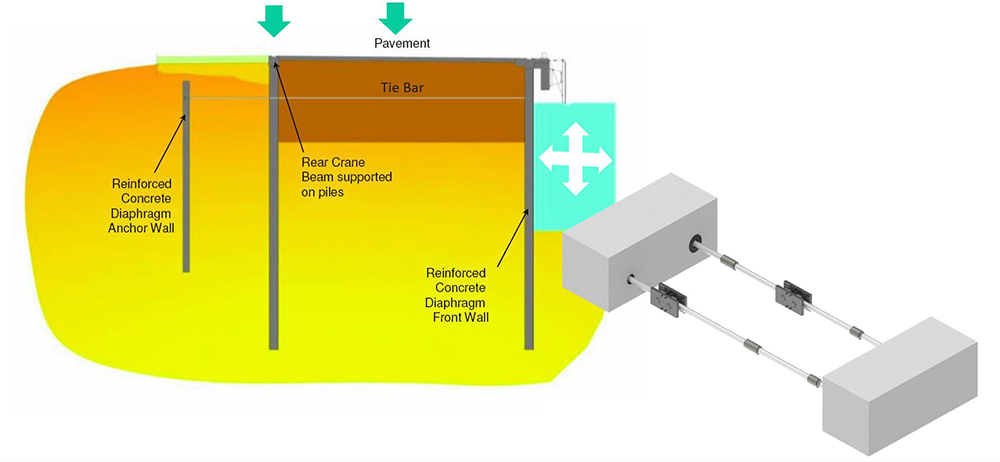Porto de Douala
The Port of Douala is a large seaport located on the Atlantic Ocean, in the Wouri department of Cameroon. It serves as the main port of Cameroon and is the busiest port in Central Africa. Through agreements, it also serves countries like Chad and the Central African Republic, which lack direct access to the sea.
To support the ambitious development plan of Port Autonome de Douala, Dextra collaborated with contractor BESIX for the engineering and supply of the steel structures supporting Douala Pier 51, a 165-meter-long quay wall.
In 2015, Dextra engineered and supplied Marine Tie Bar systems with a diameter of M100 and in Grade 700, the highest in our range. Higher grades offer an improved performance-to-steel ratio compared to grades 355/510 and 500/660, allowing for smaller diameter bars, which ultimately provide steel savings and facilitate logistics and installation.
The long tendons were spliced with turnbuckles and couplers. The rods were anchored into the combi walls using Captive Nuts accessories, which allow a multidirectional rotation angle of 5°, easing the installation process.
















